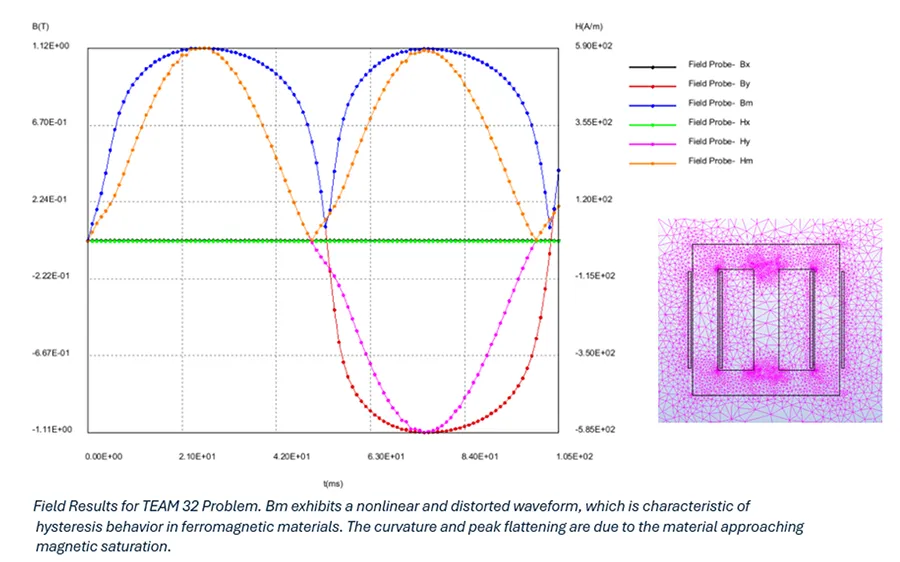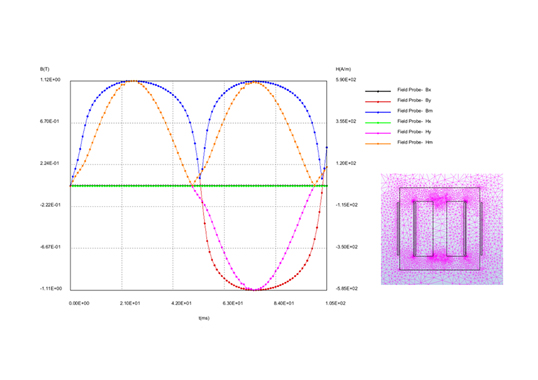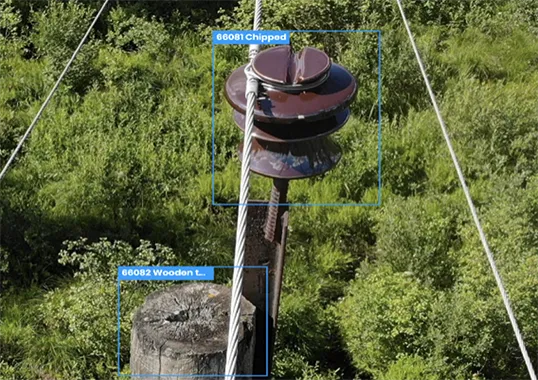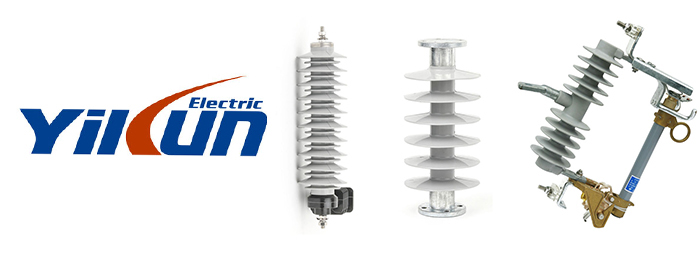Accurate electromagnetic modeling of dynamic hysteresis non-linearities plays a vital role in simulating low-frequency electromagnetic devices. This advanced capability enables engineers to capture the non-linear, history-dependent behavior of ferromagnetic materials by directly incorporating the effects of iron losses directly into the simulation environment These losses—encompassing both hysteresis and eddy current effects—are important contributors to inefficiencies in devices such as transformers, inductors, magnetic sensors, and electric motors, particularly under alternating current operation.
INTEGRATED’s 2D magnetic simulation software accurately simulates the full B-H hysteresis loop, which is critical for predicting material response under arbitrary magnetization conditions. This makes the model especially useful in applications where the magnetic material experiences complex excitation waveforms or partial demagnetization.
Integrating the Preisach-based hysteresis model into finite element simulations allows engineers to evaluate electromagnetic device performance with greater precision. This approach enables realistic assessments of energy loss, core saturation, and thermal behavior, ultimately leading to designs that are more efficient, reliable, and optimized for performance.
New in Version 13.0: Users can now easily enable hysteresis characteristics in simulations by selecting Permeability as the parameter and Hysteresis as the type of parameter within the material profile. This feature provides a more intuitive way to capture realistic magnetic behavior, reducing setup complexity while improving accuracy.
Fig. 1 demonstrates how to activate hysteresis in a material profile.
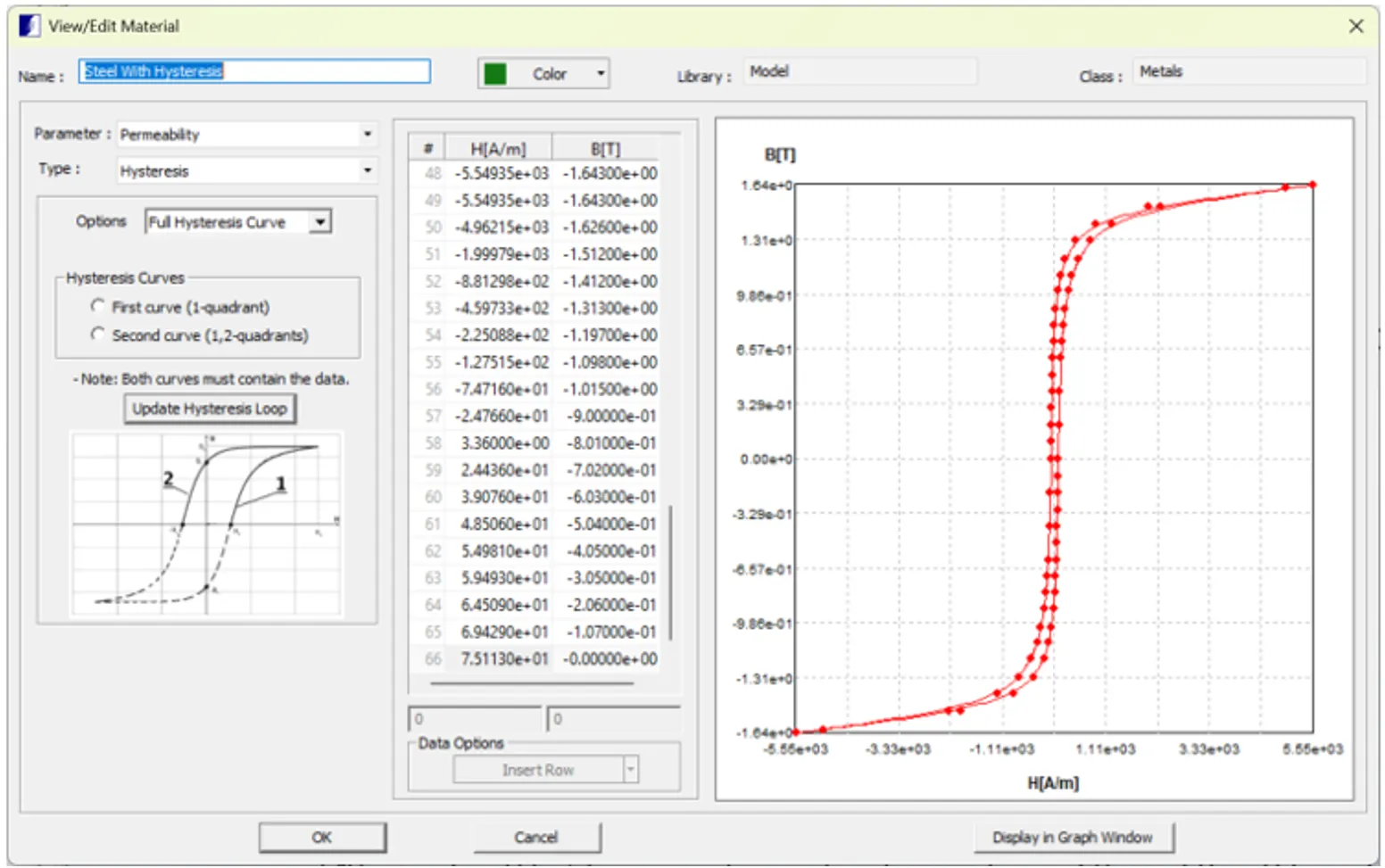
Fig. 2 illustrates time-domain field responses obtained from the simulation of TEAM Problem 32, which is a known benchmark to validate magnetic hysteresis models. This problem typically involves a magnetic core subjected to alternating excitation. This makes it an ideal case to evaluate the accuracy and dynamic response of hysteresis modeling approaches, such as the Preisach Model.
The Preisach Model captures path-dependent magnetic behavior, meaning the magnetization depends not only on the current value of the magnetic field but also on its past values. The slight shifts and non-sinusoidal distortions, particularly in the Bm and Hm waveforms, reflect coercive force and residual magnetization—key indicators of realistic hysteresis behavior. The smooth and continuous transitions of Bm and Hm indicate numerical stability of the Preisach implementation in FEM solver.
The peak values and waveform shapes suggest good agreement with expected results from benchmark data for TEAM 32. The model’s ability to replicate saturation behavior without introducing instability or numerical artifacts is especially valuable for robust, high-fidelity simulations. The dynamic variations in Bm and Hm highlight how the magnetic core responds to time-varying excitation, especially as the core reaches magnetic saturation. The evident phase lag between Hm and Bm confirms the hysteretic nature of the core material, which cannot be captured using linear models.
